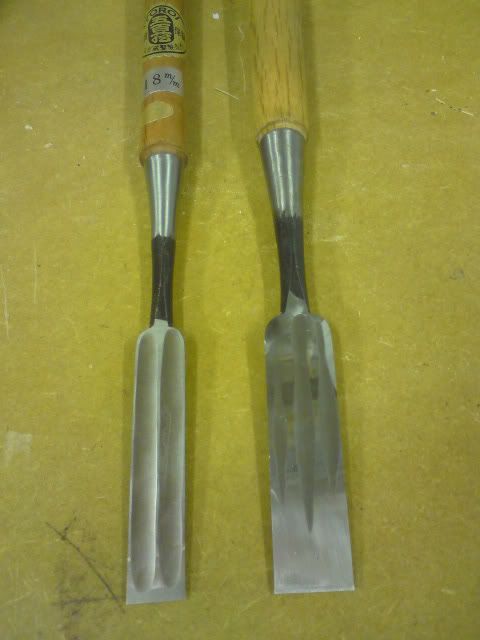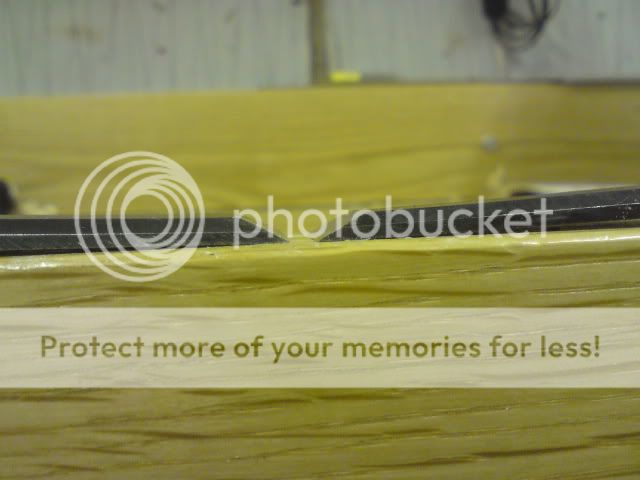Paul Chapman
Established Member
Something I've never been able to fathom is the hollow backs on Japanese chisels. In particular, it seems to me that there's only a few millimetres of metal between the edge of the chisel and where the hollow starts. So what happens when you have honed the chisel several times and you reach the hollow :? Do you just throw it away and buy another one :? Do you keep flattening the back to move the hollow (but end up with a very thin blade) :?
Frankly I'm baffled. Grateful if someone could explain.........
Cheers :wink:
Paul
Frankly I'm baffled. Grateful if someone could explain.........
Cheers :wink:
Paul






